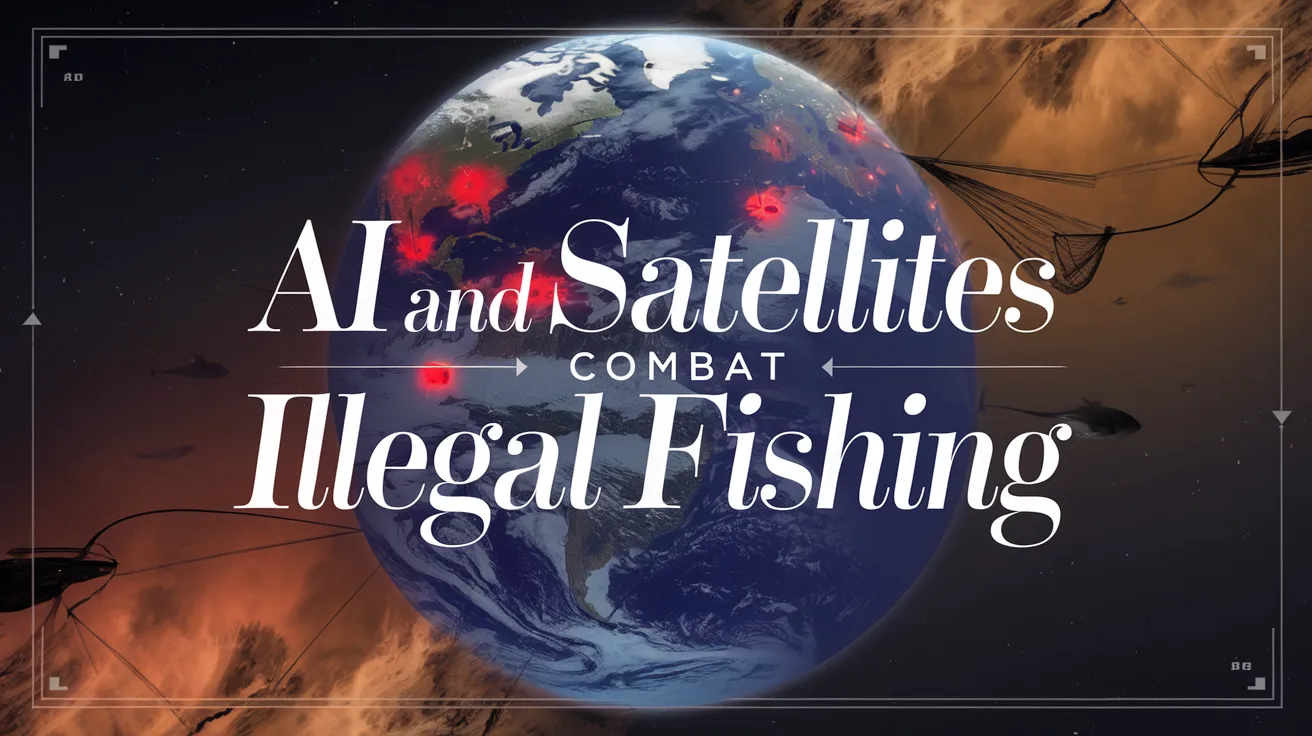AI and Satellites Combat Illegal Fishing

AI is playing a crucial role in monitoring and protecting marine biodiversity as technology advances. Recent studies have demonstrated how satellite radar imagery, when combined with artificial intelligence (AI), can effectively track illegal fishing activities and verify the efficacy of Marine Protected Areas (MPAs).
According to the report released by researchers, of the 1,380 MPAs evaluated, approximately 78.5% had no commercial fishing activity, highlighting the positive impact of these protected areas. The satellite imagery captures fishing vessels engaged in illicit activities, marking a significant achievement in marine conservation efforts. Juan Mayorga, a scientist with National Geographic Pristine Seas and co-author of the study, noted, “The ocean is no longer too big to watch; with cutting-edge satellites and AI, we’re making illegal fishing visible and proving that strong marine protections work.”
Intensive fishing practices have long damaged ocean ecosystems, prompting the establishment of over 16,600 MPAs worldwide to protect vulnerable marine life. However, these areas operate under various regulations, some of which prohibit fishing year-round, while others limit fishing during breeding seasons or allow local communities to fish.
The growing adoption of AI technologies coupled with satellite imagery has transformed how scientists can capture and analyze vast datasets needed to make comprehensive evaluations of animal populations and health across diverse ecosystems. This new approach allows for faster, more effective intervention measures, ensuring marine environments are preserved.
The AI algorithms employed can analyze the satellite images and identify vessels based on their unique characteristics. Notably, by cross-referencing data from Automatic Identification Systems (AIS), the model can discern patterns and behaviors indicative of unlawful fishing activities.
In light of these advancements, the paper confirms that certain MPAs are successfully warding off illegal fishing, but some areas remain heavily exploited. For example, notable sites such as the Chagos Marine Reserve and the MPA around South Georgia and the South Sandwich Islands are still seeing significant fishing activities.
The study found that about 90% of illegal fishing events were missed by the AIS, only detected through the integration of satellite imagery and AI, showcasing the importance of utilizing multiple data sources for comprehensive monitoring.
“No single dataset can solve the challenge of monitoring fishing activities at sea; each has its blind spots,” Mayorga noted. “But combining AI tracking with satellite radar imagery gives us a clearer picture of human activities across the ocean—critical for enforcing regulations in areas of high ecological importance.”
With the increasing emphasis on responsible fishing and marine health, these technologies are set to radically augment the efforts to safeguard the world’s oceans and ensure the sustenance of viable marine ecosystems for future generations.